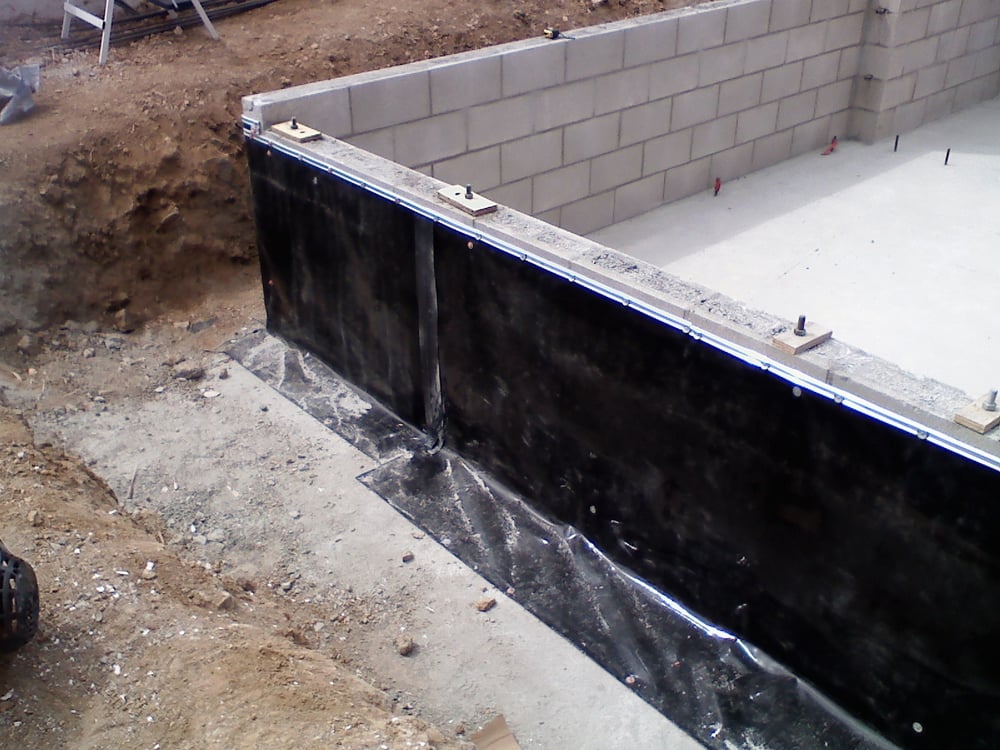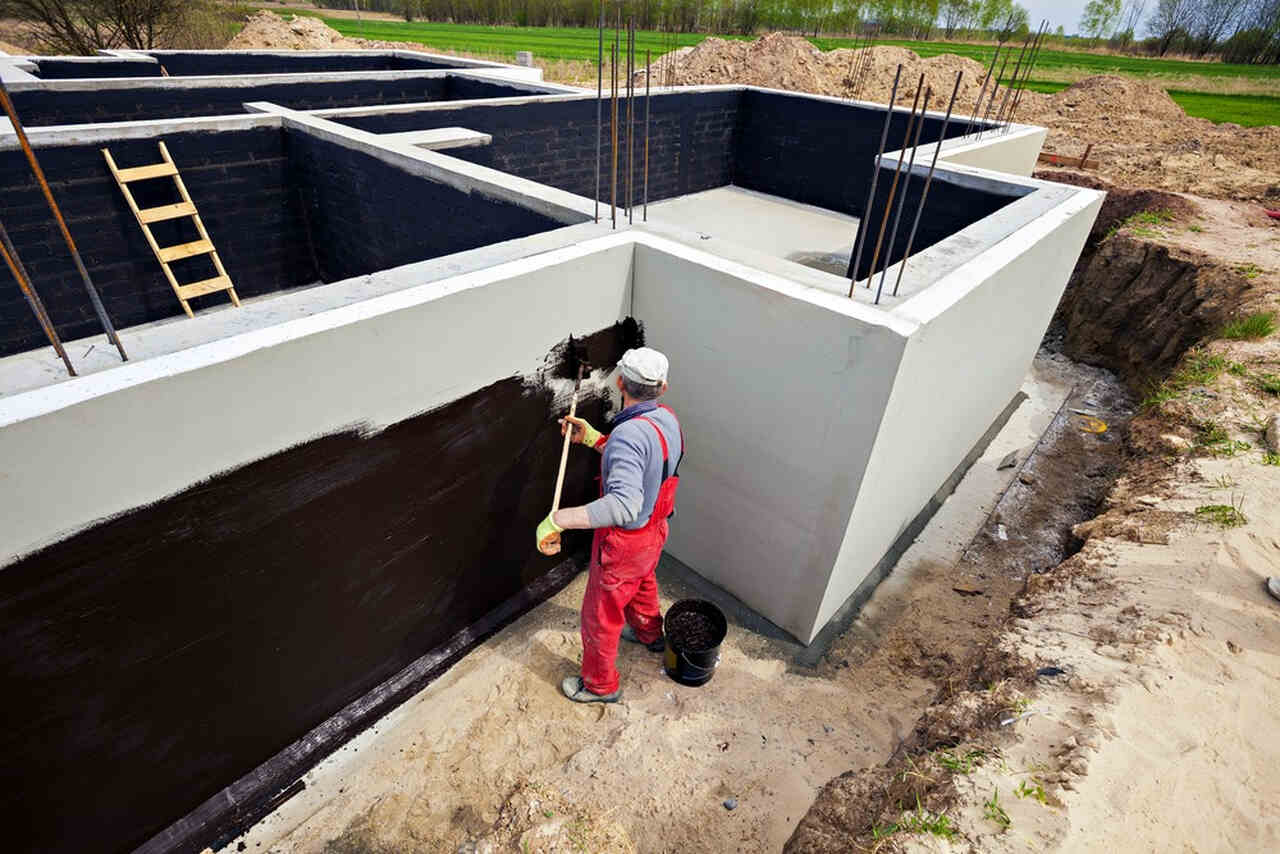Water Solutions That Actually Work: Omaha’s Most Effective Systems
Types of Waterproofing: Exploring the Numerous Approaches and Their Applications
Waterproofing is an important aspect of building and construction and maintenance. It safeguards frameworks from the destructive impacts of water damage. There are several techniques readily available, each with its one-of-a-kind applications and advantages. From membrane systems to cementitious solutions, understanding these alternatives is essential for efficient application. The option of waterproofing method can substantially impact durability and long life. Discovering these numerous methods reveals their distinct benefits and potential challenges, motivating additional consideration of suitable remedies.
Membrane Waterproofing Solutions
Membrane layer waterproofing systems function as a vital barrier versus water breach in different frameworks. These systems normally include thin sheets made from products like rubber, polycarbonate, or asphalt, which are applied to surfaces to avoid moisture infiltration. They can be set up above or listed below quality and are specifically reliable in areas vulnerable to high water direct exposure, such as basements, roofs, and foundations.The installment procedure involves cleaning up the substratum, applying adhesives or guides, and precisely suitable the membrane to guarantee full coverage. Membrane layer systems can be either completely adhered, mechanically connected, or laid loose, relying on the specific requirements of the task. They provide toughness and flexibility, accommodating architectural movements without jeopardizing their waterproofing capacities. These systems can be reinforced with added layers for improved protection. Ultimately, membrane layer waterproofing systems are necessary for safeguarding frameworks against water damage and keeping lasting stability.
Liquid-Applied Waterproofing Coatings
Liquid-applied waterproofing layers offer a versatile remedy for securing surfaces from water seepage - Landscape drainage Omaha. These finishings contain liquid products that, when used, create a smooth, versatile membrane layer. Their adaptability enables application on different substratums, including concrete, metal, and wood. The coverings can be made use of in varied settings, from property to industrial settings, making them ideal for roofs, foundations, and below-grade structures.One considerable advantage of liquid-applied finishings is their capability to comply with irregular shapes and permeate cracks, producing a durable barrier versus wetness. They frequently display exceptional bond buildings and resistance to UV radiation, making sure durability and toughness. Furthermore, the application process is typically simple, enabling for fast installment and lowered labor expenses. This technique additionally minimizes the danger of water merging, as the constant layer effectively guides water far from at risk areas. Overall, liquid-applied waterproofing coatings are a reliable choice for thorough water protection
Cementitious Waterproofing Solutions

Cementitious waterproofing options use a durable alternative for structures requiring reliable dampness security. These systems mostly use a blend of cement, sand, and chemical ingredients to create a water-proof barrier. They are typically used to surface areas such as concrete wall surfaces, structures, and floors, giving a durable, durable protection against water intrusion.One of the essential advantages of cementitious waterproofing is its ease of application; it can be applied making use of a brush, roller, or spray, making it appropriate for various task sizes. Furthermore, this method works with numerous surface areas and can typically be utilized together with various other waterproofing techniques.Cementitious options are specifically reliable in environments where water exposure is an issue, such as basements or below-grade frameworks. Their thoroseal waterproofing outstanding bond buildings guarantee that they bond well with substratums, giving a solid and impenetrable layer against dampness penetration.
Bentonite Waterproofing
Bentonite waterproofing is an extremely efficient method that makes use of salt bentonite clay to create an all-natural obstacle against water. This technique makes use of the unique homes of bentonite, which expands upon contact with water, sealing any prospective leaks and preventing moisture seepage. It is frequently used in numerous applications, including foundation walls, passages, and preserving walls, where water resistance is essential.Bentonite can be used in a number of forms, such as panels or coverings, providing adaptability in installment. Its capacity to self-seal makes it an appealing choice for areas subject to shifting soil or rising and falling water levels. Furthermore, bentonite waterproofing is environmentally friendly, as it is an all-natural product that does not introduce hazardous chemicals into the environments.
Drainage and Outside Waterproofing Equipments
Reliable waterproofing frequently includes a combination of techniques, consisting of water drainage and exterior systems. Drain systems, such as French drains pipes and sump pumps, are created to reroute water away from structures, decreasing hydrostatic stress against foundations. These systems are necessary in stopping water buildup that can lead to architectural damages and mold growth.External waterproofing, on the other hand, involves applying protective obstacles to the building's exterior. Strategies such as the setup of water-proof membrane layers, finishes, or sealers can help avoid water infiltration. This approach not just protects view it the foundation yet additionally enhances the total sturdiness of the structure.Together, water drainage and exterior waterproofing systems form a detailed option to handle water efficiently. By applying these methods, property owners can secure their investments against the destructive results of moisture, guaranteeing long-lasting security and security for their structures.
Regularly Asked Inquiries
Just how Do I Pick the Right Waterproofing Method for My Job?
Choosing the best waterproofing technique relies on aspects such as job type, ecological conditions, spending plan, and preferred longevity. Examining these facets enables informed choices customized to details exterior foundation waterproofing requirements and needs.

Can Waterproofing Be Applied in Cold Climate Conditions?
Waterproofing can be applied in cold climate problems, however it calls for specific materials and techniques. Cold temperature levels might affect healing times and bond, necessitating mindful selection of items developed for low-temperature application.
What Are the Usual Indications of Waterproofing Failing?
Typical indicators of waterproofing failure consist of noticeable water spots, peeling off paint, moist odors, mold and mildew growth, and splits in walls or structures. Sump pump discharge drainage Omaha. These signs suggest that moisture is passing through the barrier, jeopardizing its effectiveness
How Much Time Does Waterproofing Last Prior To Needing Maintenance?
The long life of waterproofing differs, usually lasting in between 5 to 10 years. Elements such as material top quality, ecological conditions, and maintenance methods affect its resilience, demanding periodic examinations to ensure effective defense against water breach.
Are There Eco-Friendly Waterproofing Options Available?
The inquiry of environment-friendly waterproofing choices exposes a growing rate of interest in sustainable products (Water Solutions Omaha). Different all-natural compounds, such as plant-based sealants and recycled items, use effective remedies while decreasing environmental effect, interesting environmentally mindful customers